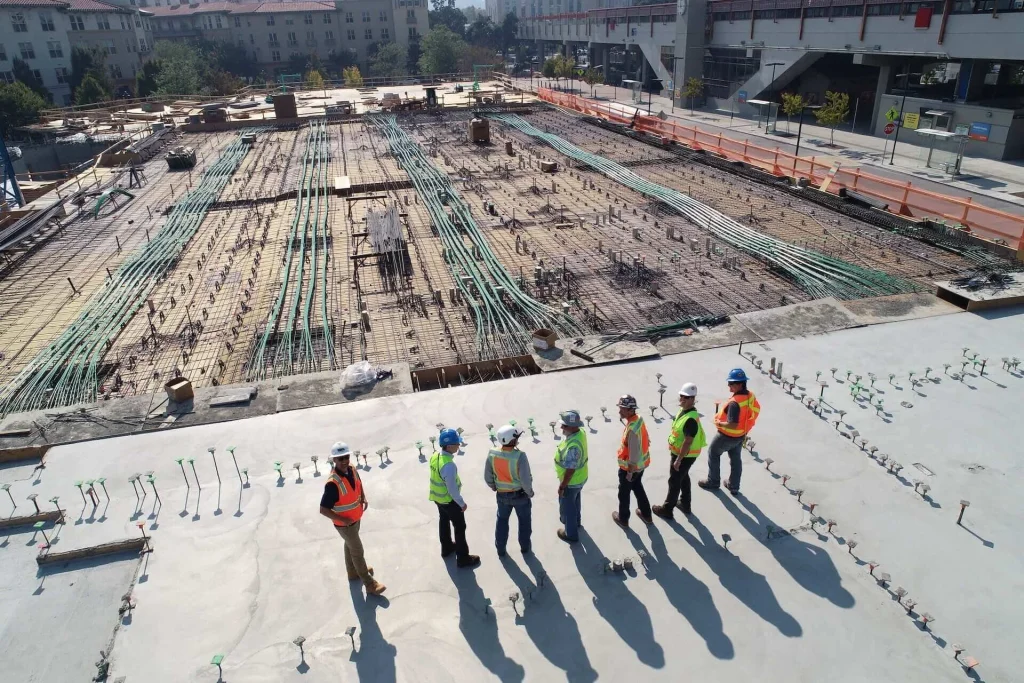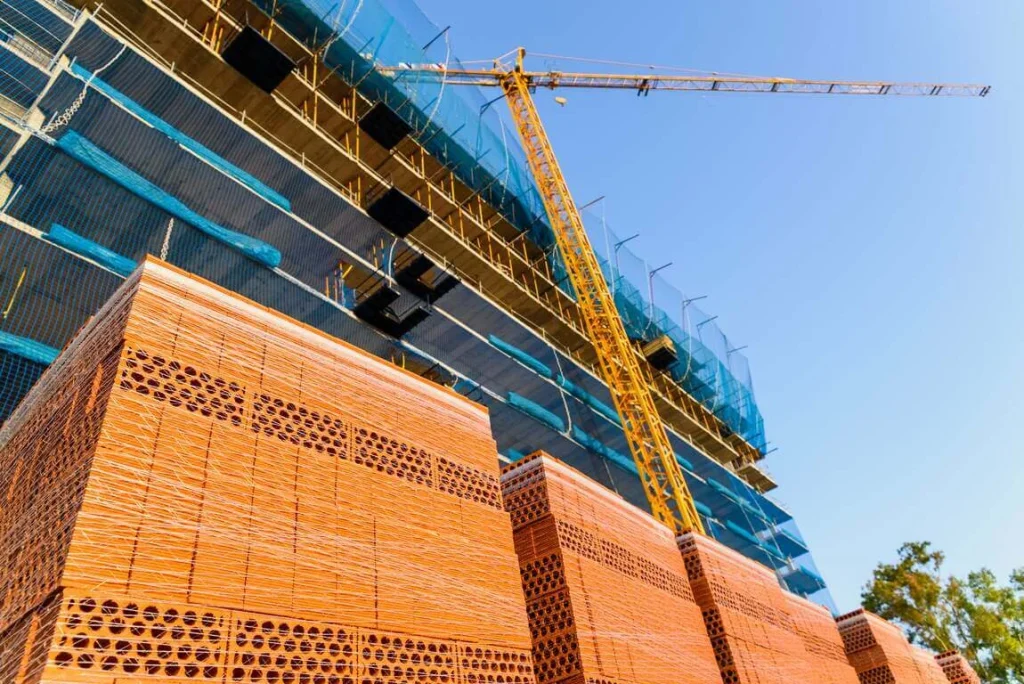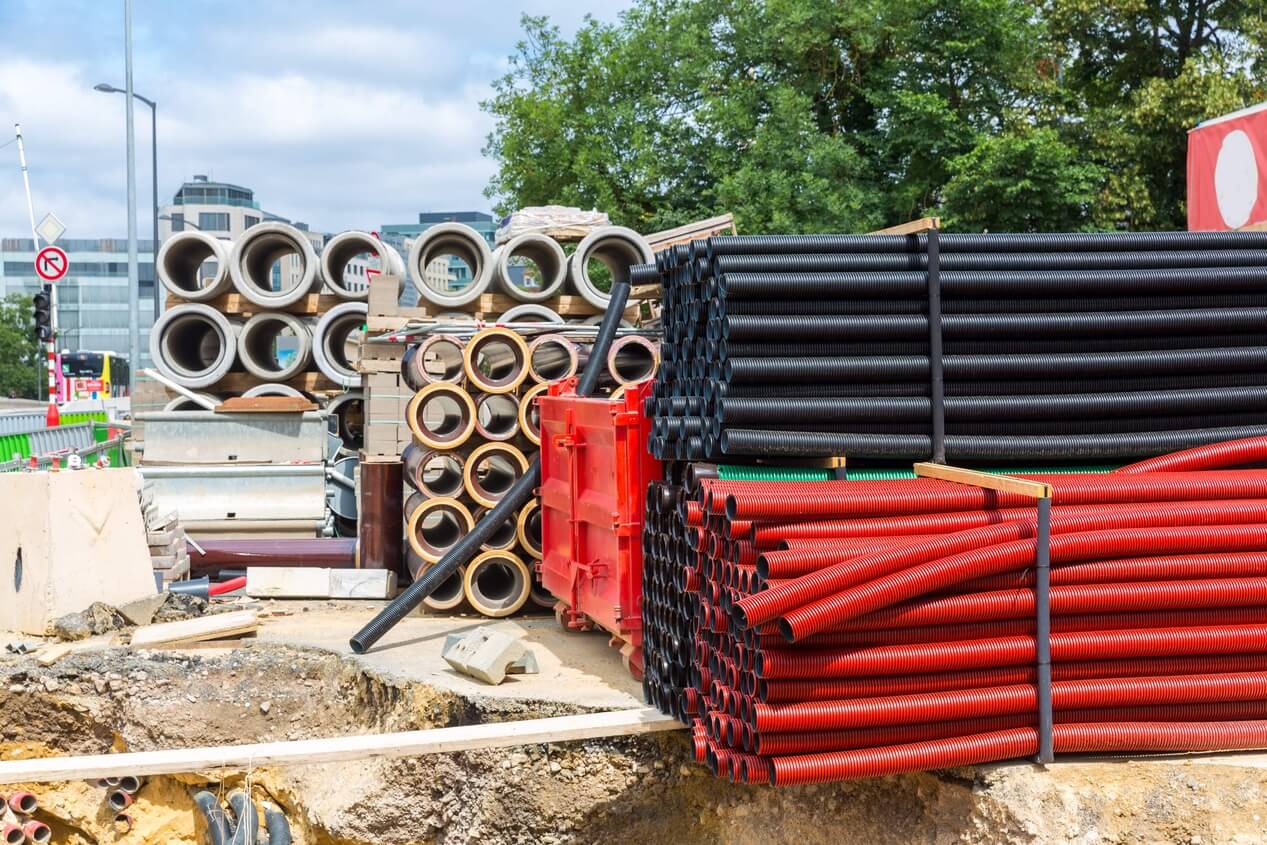Worried about investing in a house and lot for sale because of inflation? You might be right. Construction material prices have been consistently growing this year and it can affect your real estate investments — but don’t panic, we’ll show you how you can avoid losing money during inflation.
Construction Materials Prices Rise Continuously

Last July 31, 2022, Business World reported that building materials in the National Capital Region (NCR) sustained price growth, and peaked last May — the highest it’s ever been in more than 13 years of price stability. This growth was driven by higher import costs when the country reopened its economy. Consequently, the prices of new house and lot for sale may be affected.
According to the Philippine Statistics Authority (PSA), NCR’s construction materials retail price index skyrocketed to 6.2 percent year on year in May. Just a year ago, the growth rate was 1.2 percent. That’s how drastic this rise was. Although, historically, the highest ever in Metro Manila was in January 2009, with a growth rate of 7.4 percent.
The Chief Economist of Security Bank Corporation, Robert Dan J. Roces, said that this rise in prices can also be attributed to the increase in prices of imported construction materials brought on by global supply chain issues. Not to mention, the increasing inflation rate all over the world. However, Roces said that this price hike may also be a “function of the reopening story,” as economic activities are currently near pre-pandemic levels.
There are a lot of reasons why commodity prices have been continuously rising. For the most part, global oil and commodity prices had been rising before Russia even invaded Ukraine. However, their war did eventually kick prices to more than 100 USD per barrel. Another reason is China’s COVID containment policy, which involved closing the country to keep the virus out. This has caused congestion at the port of Shanghai, which then caused a postponement in operations of major tech, manufacturing, and financial trade.
Going back to our own country’s issues, prices of building materials haven’t even settled. In more recent news, last August 13, 2022, PhilStar reported that construction materials are still on an upward price trend.
According to PSA’s report last August 11, 2022, construction retail prices faced a growth of 6.8 percent. This trend was mainly brought on by the increase in tinsmithry materials, which rose to 9.4 percent last June 2022 — this was a huge leap from its 8.3 percent growth in May. Additionally, plumbing materials also saw a price increase, with an annual increment of 8.5 percent.
The PSA reported other price increases in construction materials relative to their previous month’s annual increase (June vs. May 2022):
- Carpentry materials rose by 2.5 percent, which covered prices for timber, plywood, molding, sealers, nails, screws, chalks, and other wood materials.
- Electrical materials an saw increase of 4.5 percent in just one month, which includes wires and cables, electrical conduits, connectors, circuit breakers, enclosures, and more.
- Masonry materials rose by 4.3 percent, which included bricks, marble, granite, concrete blocks, glass blocks, cast stone, limestone, and other rocks used for construction.
- Painting materials and other related compounds had a 4.6 percent increase, which included paint for cement, aluminum, and other anti-corrosive paint.
- Miscellaneous construction materials saw the largest increase, with a whopping 10.6 percent increase in just a month. This included glass (which is not just one compound), bitumen, plastics, varnishes, asbestos, distemper, and other materials used for interior fixtures.
The main industry affected by these increases is the construction industry. This price increase has affected the demand for large construction companies, as people choose to work with small contractors and sometimes DIY (do-it-yourself) build a house and lot for sale to cut costs.
According to Roces, construction activities can still be expected to continue, assuming that no further lockdowns occur.
How Rising Construction Materials and Consumer Price Index Affect Property Values and the Overall Economic Growth

Now, if you’re a real estate investor, you probably already know that construction materials can affect property values. While there are a whole lot of other factors that can increase or decrease the price of a property, construction is definitely one of the most important ones.
For one, in commercial real estate, if a new building is constructed during a time when construction prices are at an all-time high, this could mean higher lease or rent rates. At the same time, other existing buildings can also raise their rents based on this information.
Meanwhile, in the residential real estate industry, the rising cost of construction materials can affect the affordability of houses. This is pretty straightforward, because if the cost of supplies and equipment increases, so will the overall cost of building a house and lot for sale from scratch. Not to mention, the rising cost of these materials is also dependent on the availability of these supplies. This can affect the appraisal value of a home because building a house during a rise in construction material prices doesn’t guarantee that you’ll get a higher selling price in the future — which then affects your ROI.
Builders are doing everything they can to avoid pricing their clients too much, while also maintaining a competitive price to run their businesses. If they charge too much, they’re at risk of losing clients. If they charge too less to get more clients, they risk losing their employees.
As for the entire housing industry, a rise in construction material prices can also mean a downturn in new home projects. Hopeful homeowners will more likely wait until prices stabilize and opt for rental options. For existing projects, this could mean construction delays. Some homeowners can also choose to walk away from a project because rising material prices can also mean they have to reduce the amenities of their dream home.
The thing about rising material growth is that it’s not just one thing. More often than not, it’s a collection of price growths in other industries. Unfortunately, this time, it’s as if everything is expensive.
Say, for example, we pick the increase in fuel prices as the starting point.
Skyrocketing fuel prices mean higher costs in freight and delivery services because these service providers need to maintain their profit and revenue flow. Construction materials don’t come from just one place or one country. The materials industry is a network that runs all around the Earth, which means the construction industry relies heavily on imports and exports between countries.
On top of that, each government of all countries will have its own tax rates. In the Philippines, the Bureau of Customs can have a duty rate of between 0 percent to 65 percent. Once it passes customs, those materials will still have to be delivered by either land, air, or freight, which all cost fuel that is already even more expensive within the country because of taxes.
Because of this increase in material prices before it even reaches contractors, builders are torn between charging more for construction costs and losing clients and labor. Unfortunately, it is inevitable that property values will also increase because of the rising material costs. As we move further down the pipeline, real estate investors can have a difficult time finding clients to sell a house and lot for sale because consumers have lesser purchasing power.
Where Should You Invest Your Money During Consumer Price Inflation?

If you’re a real estate investor, you may have to opt for other investment options within the real estate industry aside from construction and property buying and selling. You may even have to venture away from the real estate industry.
Inflation affects the economy, which makes asset values unpredictable. However, knowledge of history and economics can help you navigate your way amidst the rising consumer prices of goods and services.
Inflation mostly affects the value of fixed-rate debt securities because it devalues interest-rate payments. If the current inflation rate grows higher than interest rates, lenders are losing money when they adjust for inflation.
Assets that relatively do well during inflation are those that are sure to reel in more cash or have rising values as inflation rises. Here are some examples:
Rental Properties

If you don’t want to invest in other markets yet, you can stay in the real estate industry by investing in rental properties. Real estate is one of the most popular investment choices during inflation because owners can generate increased rental income.
For investors, they can buy real estate directly and open it up for lease or rent, or buy shares of a real estate investment trust. This investment style in real estate has already done well historically, as it survived multiple inflations during the 70s.
The few things limiting you from charging too much for rent are market prices and the Philippine government’s Rental Law or Republic Act Number 9653.
As for real estate investment trusts, you can find a company that owns and operates income-generating real estate and work with them. These companies have a network of real estate that pays out investors in dividends. However, real estate investment trusts can have some drawbacks. One of its disadvantages includes its sensitivity to the demand for other high-yield assets.
Stock trading

Stocks have almost always been keeping a steady pace with inflation. However, stocks that pay high dividends tend to be a difficult market during high inflation. Hence, investors should put their focus on companies that pass their rising costs to consumers.
As an investor, you need to examine the historical returns of a stock during periods of high and low inflation. This will give you an idea of how resilient an investment is. Most economists have found that high inflation rates are correlated to lower equity values. Moreover, the volatility of a stock is greater in developed markets.
You can start by dividing stocks into categories based on value and growth. Value stocks have consistently strong cash flows that have higher chances of growing slowly. Meanwhile, growth stocks usually represent booming companies that may or may not be profitable. During rising interest rates, growth stocks are not good investments because they suffer more than value stocks.
Short-term bonds

One of the best ways to keep your money safe during times of inflation is to invest in short-term bonds. This is a similar strategy to maintaining cash in a savings account because your money is kept safe and still accessible.
Short-term bonds tend to be resilient during times of rising inflation and high-interest rates because long-term bonds suffer losses during these times. Short-term bonds are affected less because they are also affected less when interest rates increase. As an investor, you can choose short-term bonds at higher interest rates as your bonds mature.
Gold

If you’re not a fan of short-term investments, investing in gold may be your best option. Gold doesn’t always protect against rising inflation short term, but it keeps up in the long term (in decades).
Gold has always been considered a “trump card” to fight inflation. Many countries have used it as an alternative currency when their local currency is losing its value. Gold is a physical asset that holds its value no matter what happens in the economy.
You can invest in gold by looking for legit dealers, pawn shops, collectors, and bullion companies. Bullion companies are the most trustworthy because these are companies that work a lot with gold and silver. Gold or silver bars or ingots that are considered “bullion” means it’s officially recognized as containing at least 99.5 percent pure.
Pros and Cons of Investing During Inflation

There are pros and cons to every investment, but the game is set to “Hard” during times of high inflation rates. There are a lot of both positive and negative features to any asset that you want to invest in. The main benefit of investing during inflation is it preserves your overall value and, of course, you want to keep your investments growing.
Inflation will force you to diversify your portfolio, which isn’t really a bad thing if you’re a smart investor. Spreading the risk across multiple industries is applicable to fighting inflation.
However, inflation can also increase your exposure to risk, as markets tend to be more volatile. It can also divert you from investing in long-term, high-yield goals, as you move your focus to more short-term plans until the economy stabilizes.
Related Blog: What Should We Expect From The PH Real Estate Industry Towards The End of 2022?


